-
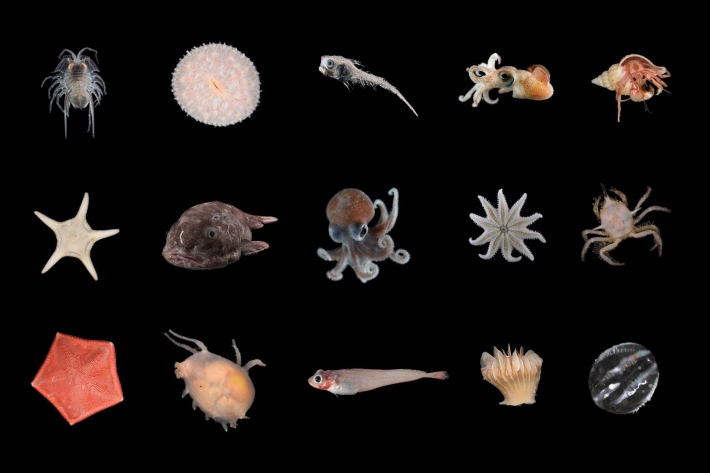
Biodiversity Memoirs
Publication seriesThe NIWA Biodiversity Memoirs are comprehensive, definitive, illustrated reference works that capture the rigorous, peer-reviewed scientific study of New Zealand’s distinctive marine fauna and flora. -
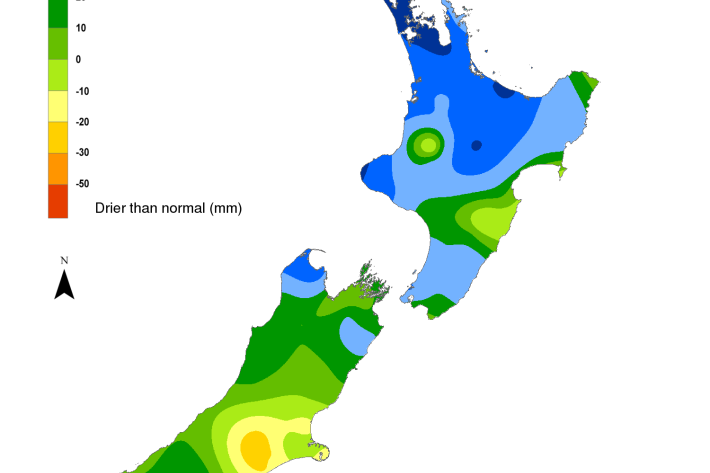
Hotspot Watch 5 December 2025
Hotspot05 December 2025A weekly update describing soil moisture patterns across the country to show where dry to extremely dry conditions are occurring or imminent. -
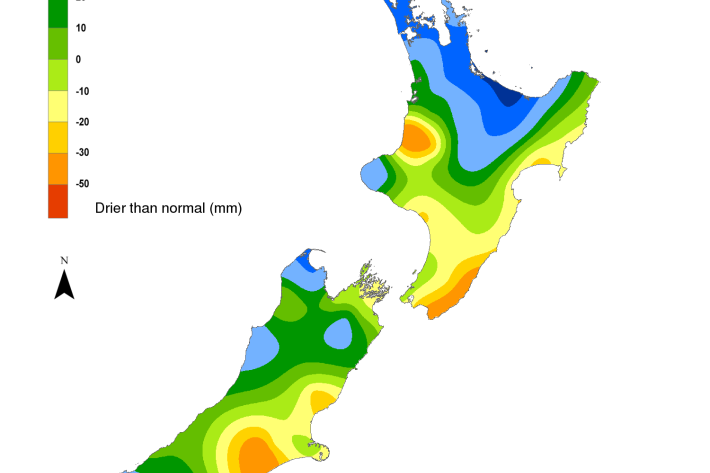
Hotspot Watch 28 November 2025
Hotspot28 November 2025A weekly update describing soil moisture patterns across the country to show where dry to extremely dry conditions are occurring or imminent. -

Forecasting marine heatwaves: A cost-effective early warning system
Research ProjectEarth Sciences New Zealand are creating an AI-driven national forecasting system to effectively manage marine heatwaves. -

Earth Sciences New Zealand announces its new Chief Executive
Media release24 November 2025James Palmer is the new Chief Executive of Earth Sciences New Zealand. -
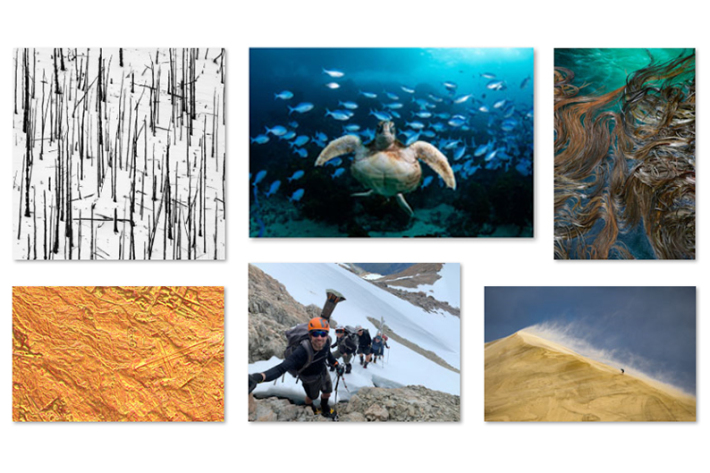
Scientists’ stunning snaps
Media release23 November 2025An annual photography competition held by Earth Sciences New Zealand has put our exceptional natural environment in the spotlight. -
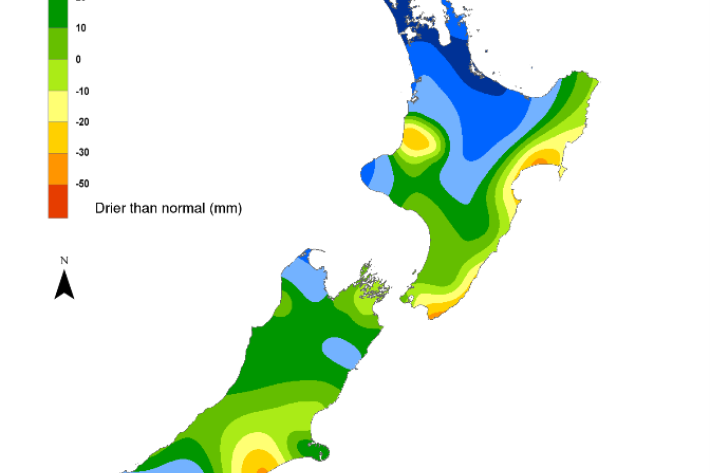
Hotspot Watch 20 November 2025
Hotspot20 November 2025A weekly update describing soil moisture patterns across the country to show where dry to extremely dry conditions are occurring or imminent. -
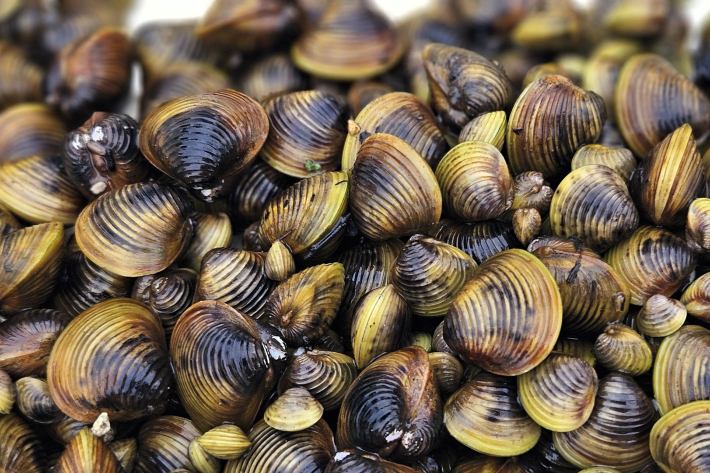
It’s breeding season for invasive clam
Media release20 November 2025Earth Science NZ researchers are seeing signs that the breeding season for the invasive freshwater gold clam (Corbicula fluminea) has begun. -
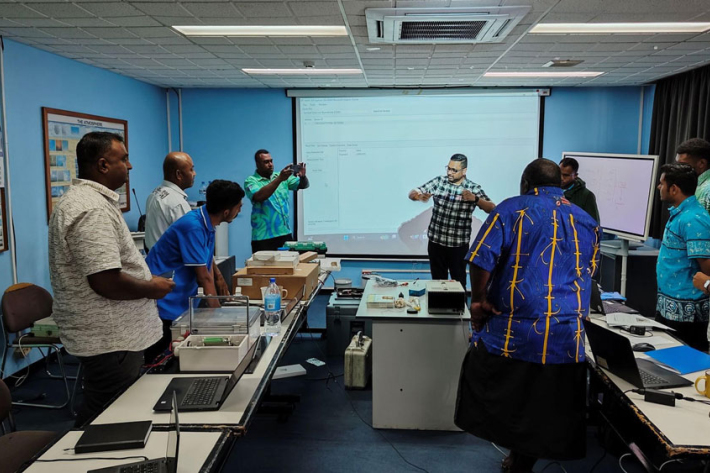
Training Fiji’s Meteorological Technicians
Publication article19 November 2025Supporting our Pacific partners with tailored, impactful capacity-building initiatives. -
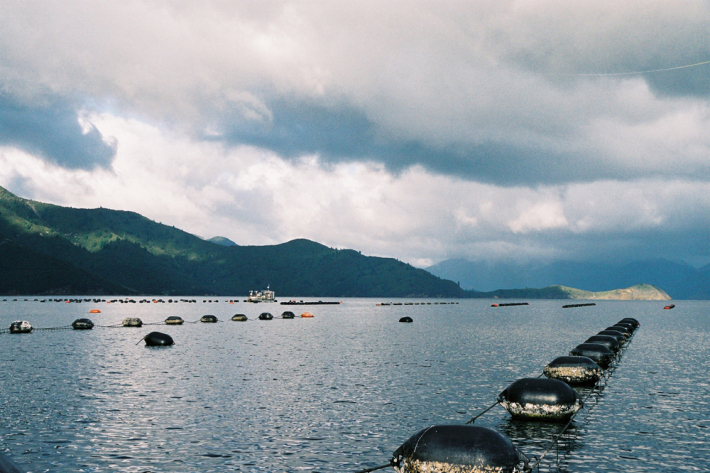
eHarvest
Software Tool/ResourceNIWA provides a real-time monitoring and reporting service to various sectors of the New Zealand Shellfish Industry. -
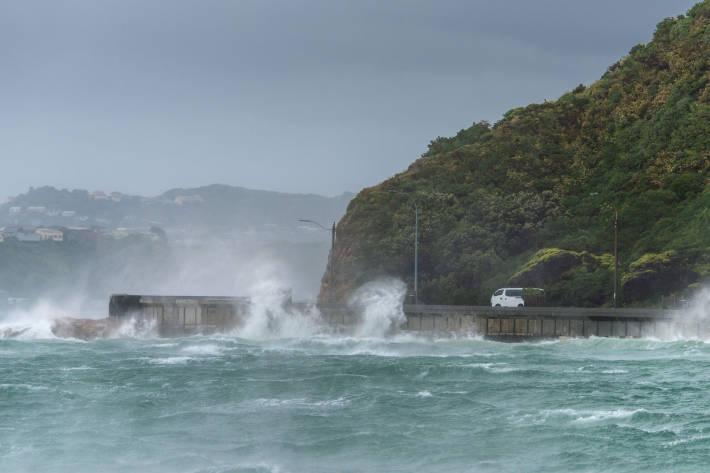
Storm-tide red-alert days 2026
ServiceStorm-tide red alerts mark the highest king tides, crucial for emergency and coastal hazard managers to monitor. -
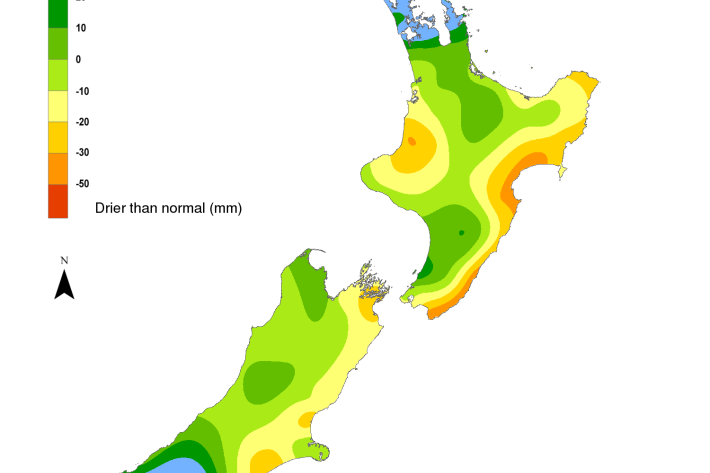
Hotspot Watch 13 November 2025
Hotspot13 November 2025A weekly update describing soil moisture patterns across the country to show where dry to extremely dry conditions are occurring or imminent.
